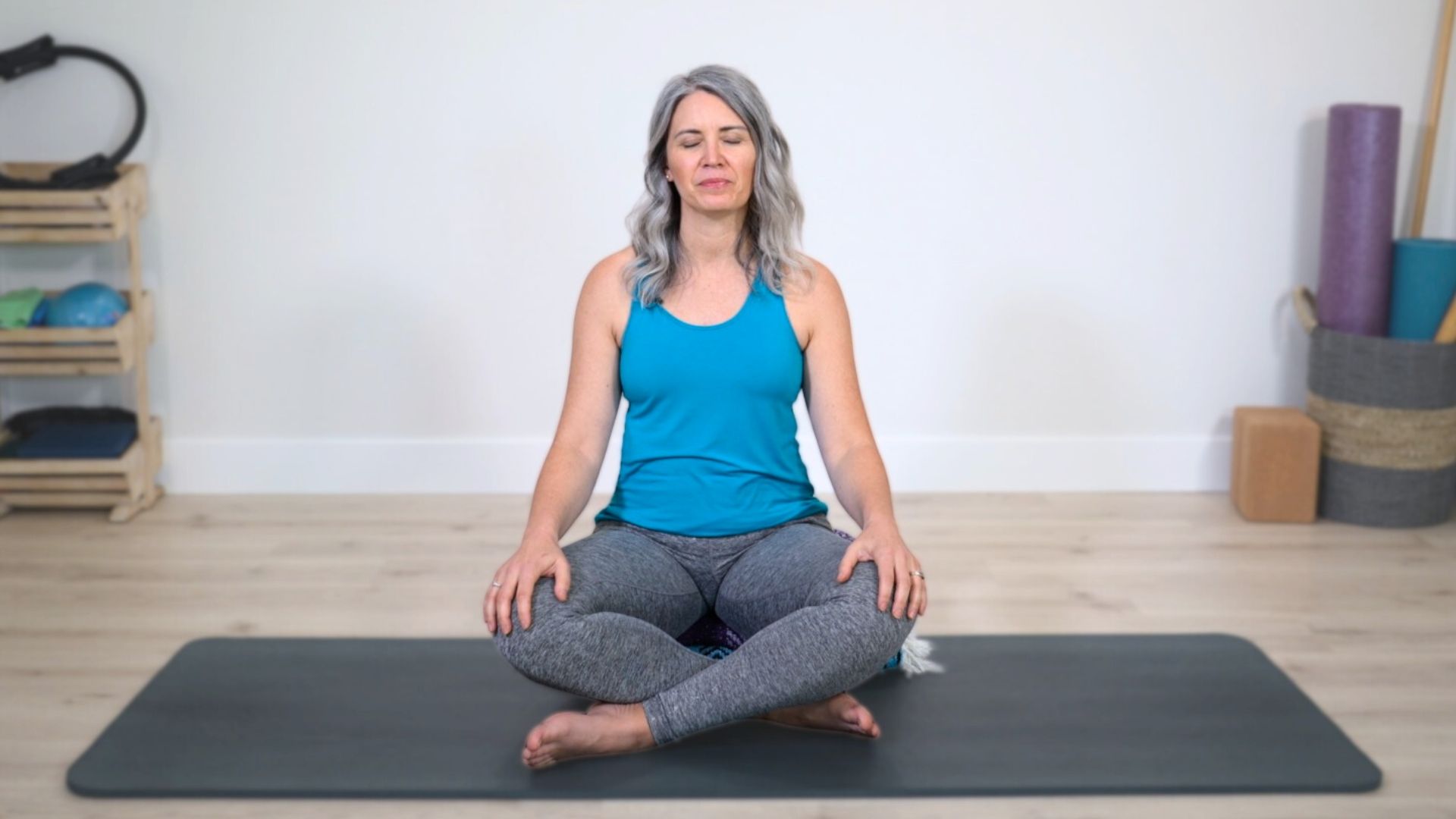Where Would You Like To Begin?

At-home
Pilates
Move better and feel stronger with Pilates classes designed to fit your life. Build strength, improve mobility, and support your overall well-being with mindful movement.

Pilates Mat Teacher Training Certificate
Earn your Pilates teaching certificate from anywhere in the world. Build skills rooted in movement science, trauma-informed care, and intentional teaching practices.

Trauma Informed Pilates Teacher Certificate
If you’re a Pilates teacher, expand your skills with the Trauma-Informed Pilates Approach Course—the first course to focus on trauma-informed principles within the Pilates Method.
Pilates Breathing Jumpstart (video)
Learn how to use your breath to balance your nervous system, and activate your core and pelvic floor.

By signing up, you’ll receive this class and emails from Trifecta Pilates. Unsubscribe anytime. We never share your email.
Testimonials & Verified Reviews

Practicing Pilates with Beth for three years has been a truly enriching experience. Her classes provide a wonderful variety, paired with clear, soothing guidance, and deliver amazing results—I’ve gained significant strength and improved my flexibility!
-Jarret

The platform, classes, and advice have been transformational, helping me stay in shape during a pivotal time in my life. I feel better both physically and mentally, and have more energy. The variety of workouts makes it easy to stay consistent.
- Lynn

Trifecta Pilates made it easy for me to restart my Pilates practice with short, effective classes that fit into my life. I’ve gained strength, improved my posture, and feel more confident in my body. The classes are effective, empowering, and fun.
-Katie

Who We Are…
Pilates that meets you where you are, turning movement into something that benefits you for life.
✔︎ We believe exercise should fit into your real life.
✔︎ We believe your nervous system matters as much as your muscles.
✔︎ We believe adaptation is a superpower, not a setback.

